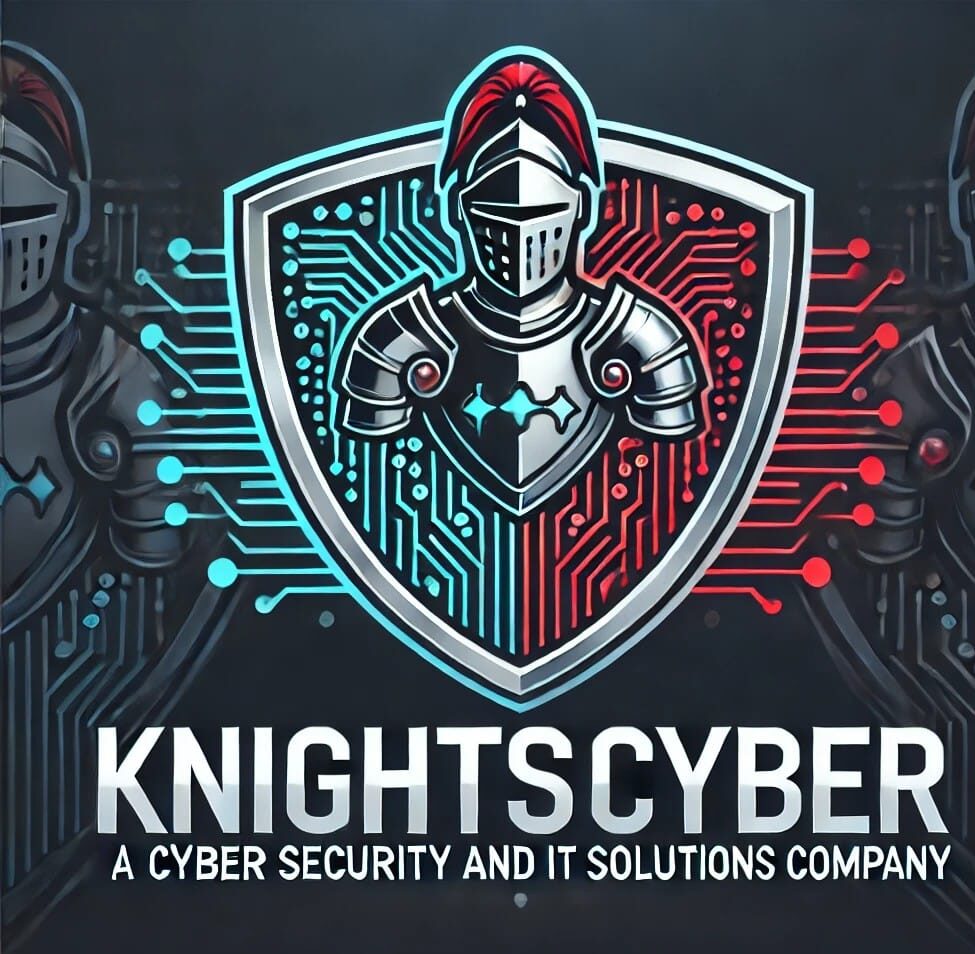Revolutionizing Cybersecurity: AI and Automation in Threat Detection 2025
CyberSecurity
Revolutionizing Cybersecurity: AI and Automation in Threat Detection 2025
In an era where digital transformation drives businesses and societies forward, cybersecurity threats have become more sophisticated and frequent. This calls for a revolutionized approach to security protocols. The inclusion of Artificial Intelligence (AI) and automation in threat detection stands as a critical advancement to outpace these evolving risks. As we advance towards 2025, it’s essential to understand how these technologies are shaping the future of cybersecurity.
The Rising Tide of Cyber Threats
As digital platforms become integral to every aspect of life, they open new avenues for malicious actors. Cyber threats today are more complex, leveraging sophisticated technologies to undermine system vulnerabilities.
- Increased Frequency of Attacks: The volume of cyberattacks is skyrocketing, impacting businesses of all sizes and sectors.
- Advanced Persistent Threats (APTs): These are stealthy and continuous computer hacking processes, often orchestrated by state-sponsored groups.
- Ransomware Surge: Attackers lock users out of their systems and demand payments for restoration, with increasing incidences reported annually.
The traditional cybersecurity measures are proving insufficient against these modern threats, hence the growing reliance on AI and automation.
AI and Automation: The Game Changers
AI and automation in cybersecurity bring groundbreaking transformations, providing systems with the capability to detect and respond to threats in real-time. Here are some ways they are poised to revolutionize threat detection by 2025:
Enhancing Threat Identification and Analysis
AI-driven systems possess the ability to analyze extensive datasets far more efficiently than human teams. This results in quicker identification of vulnerabilities and potential threats. Key benefits include:
- Pattern Recognition: AI excels in identifying unusual patterns in vast amounts of data, flagging them for further investigation.
- Predictive Analysis: By leveraging machine learning algorithms, AI can forecast potential threats and prepare defenses in advance.
These capabilities allow organizations to transition from reactive to proactive security strategies.
Rapid Response and Mitigation
Automation aids in not only detecting but swiftly responding to threats, significantly reducing their impact. Here are some highlights:
- Automated Incident Response: Once a threat is identified, automated protocols can enact protective measures without human delay.
- Continuous Monitoring: Security systems can operate around the clock, ensuring immediate response irrespective of time or location.
This ensures that potential damages are minimized and business continuity is maintained.
Bolstering Human Expertise
While AI and automation are powerful, they work best when augmenting human expertise rather than replacing it. They hold the potential to:
- Free Up Human Resources: By automating routine tasks, cybersecurity teams can focus on strategic initiatives that require human intelligence.
- Provide Actionable Insights: AI systems can provide detailed threat analysis reports that guide human decision-making effectively.
This synergy enhances the efficiency and accuracy of threat management strategies.
Challenges and Considerations
Despite the promising future painted by AI and automation, there are inherent challenges that need addressing as we move towards 2025:
Data Privacy and Security
AI systems require access to large datasets, which often include sensitive information. Ensuring that this data remains secure is paramount to maintaining user trust.
Technological Limitations and Bias
The current AI systems may harbor inherent biases within their algorithms, potentially skewing threat detection outcomes. Eliminating these biases requires ongoing refinement and oversight.
Integration with Existing Systems
Integrating AI-driven solutions within existing IT infrastructures can be complex and costly. Organizations must ensure seamless integration to avoid disruptions.
The Path Forward
Organizations that wish to stay ahead of cyber threats must invest in AI and automation technologies while acknowledging the challenges they face. A steadfast commitment to continuous development, combined with adaptive security policies, will be crucial.
Looking towards 2025, the landscape of cybersecurity will rely heavily on the blend of AI, automation, and human ingenuity. Together, they are poised to redefine what is possible in threat detection and protection, making digital ecosystems safer and more resilient against emerging threats.
As organizations stride into this transformative future, the strategic implementation of AI-driven solutions will differentiate the secured from the vulnerable, underscoring the pivotal role of innovation in safeguarding our digital world.
